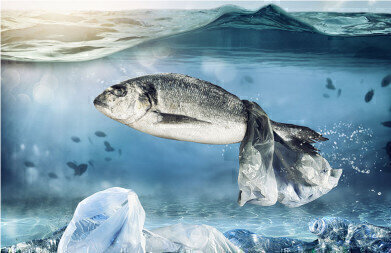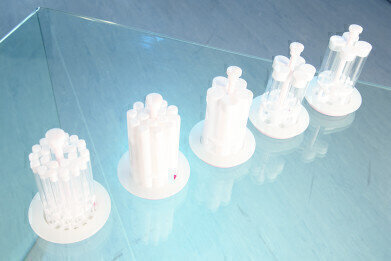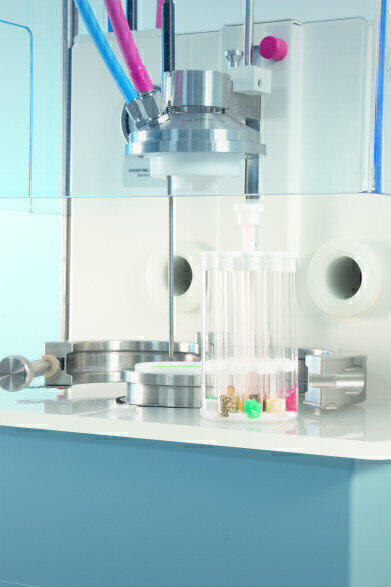Environmental Laboratory
Microplastic Determination Through Selective Microwave Sample Preparation
Sep 08 2020
The determination of Microplastics (MPs) has become a crucial aspect for the protection of the environment and human health. Recent studies demonstrated that the human ingestion of MPs is about 120 thousand particles annually, which comes from water, food or even air. The main effects associated with the ingestion of MPs can result in the blockage of the digestive tract and the leaching of additives and chemicals added to the production process, such as stabilisers and flame retardants. Considering the amount of plastics released in oceans every year, fish are one of the primary ways for humans to absorb MPs; therefore, adequate methods are required to be able to determine MPs in fish tissue in a fast and efficient way.
A New Protocol
Several methods are available for their identification and characterization, but few of them can be applied for quantification. They often require long reaction times, up to 72 h, a high reagent consumption and lead to the degradation of MPs during the process.
Microwave sample preparation has been successfully and widely applied for both elemental and molecular analysis thanks to its efficiency and selectivity achievable with volumetric heating.
Milestone in cooperation with the Chemistry Department of Universidade Federal de Santa Maria (Brazil) has recently developed a study in which a selective microwave assisted sample preparation protocol has been developed for the gravimetric determination of MPs in fish tissue. The innovative microwave protocol ensures a selective digestion of fish tissue without affecting the composition of the MPs. The protocol was performed with Milestone’s ultraWAVE with the aim to develop a fast and easy-to-apply protocol for routine high throughput analysis.
In order to evaluate the MP degradation when submitted to acid digestion, eight plastic debris samples were considered: polyethylene terephthalate (PET), polystyrene (PS), expanded polystyrene (EPS), polypropylene (PP), high-density polyethylene (HDPE), low-density polyethylene (LDPE), polycarbonate (PC), polyvinyl chloride (PVC) and polyurethane (PU). The plastic debris samples obtained a particle size lower than 5 mm. The Prionace glauca shark specie, purchased in a local market, was used as fish sample.
To assess the efficiency of the fish tissue digestion, the dissolved carbon was measured into the final digested solution by ICP-OES.
Conclusion
The new selective digestion protocol developed in this study with the Milestone ultraWAVE ensures the complete fish tissue digestion, proved by the dissolved carbon measurement, while quantitatively maintaining the amount of all the MPs tested. The developed protocol is fast, with a duration of only 20 minutes, cost effective, and involves a gravimetric determination.
Digital Edition
IET 34.2 March 2024
April 2024
Gas Detection - Biogas batch fermentation system for laboratory use with automatic gas analysis in real time Water/Wastewater - Upcycling sensors for sustainable nature management - Prist...
View all digital editions
Events
Apr 22 2024 Hannover, Germany
Apr 22 2024 Marrakech, Morroco
Apr 23 2024 Kuala Lumpur, Malaysia
Apr 23 2024 Kintex, South Korea
Apr 23 2024 Edmonton, AB, Canada




















